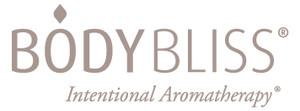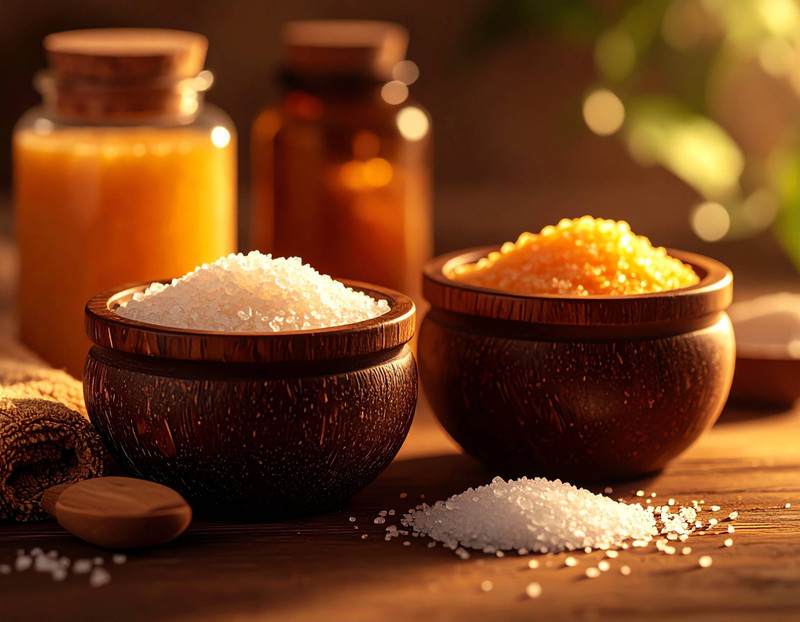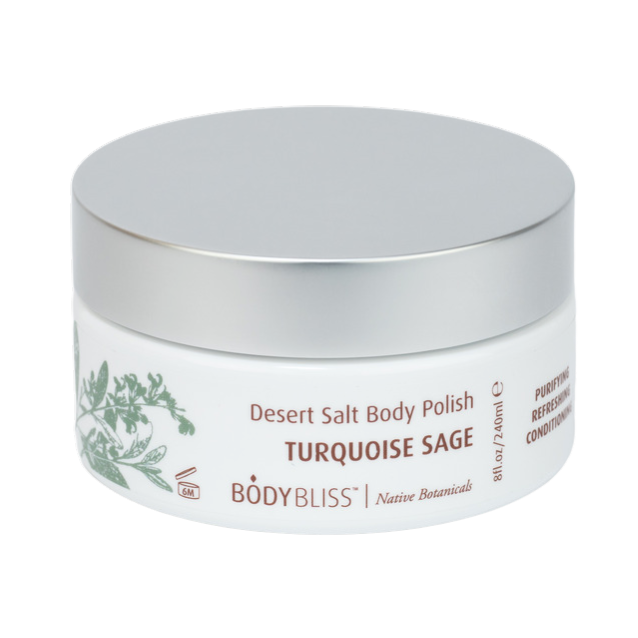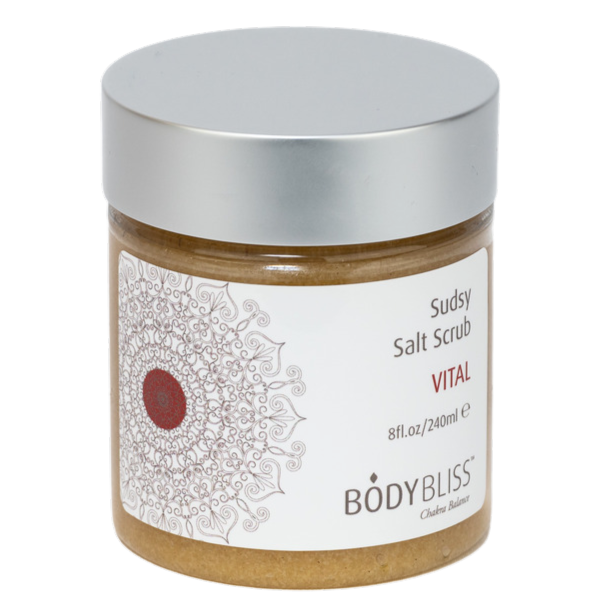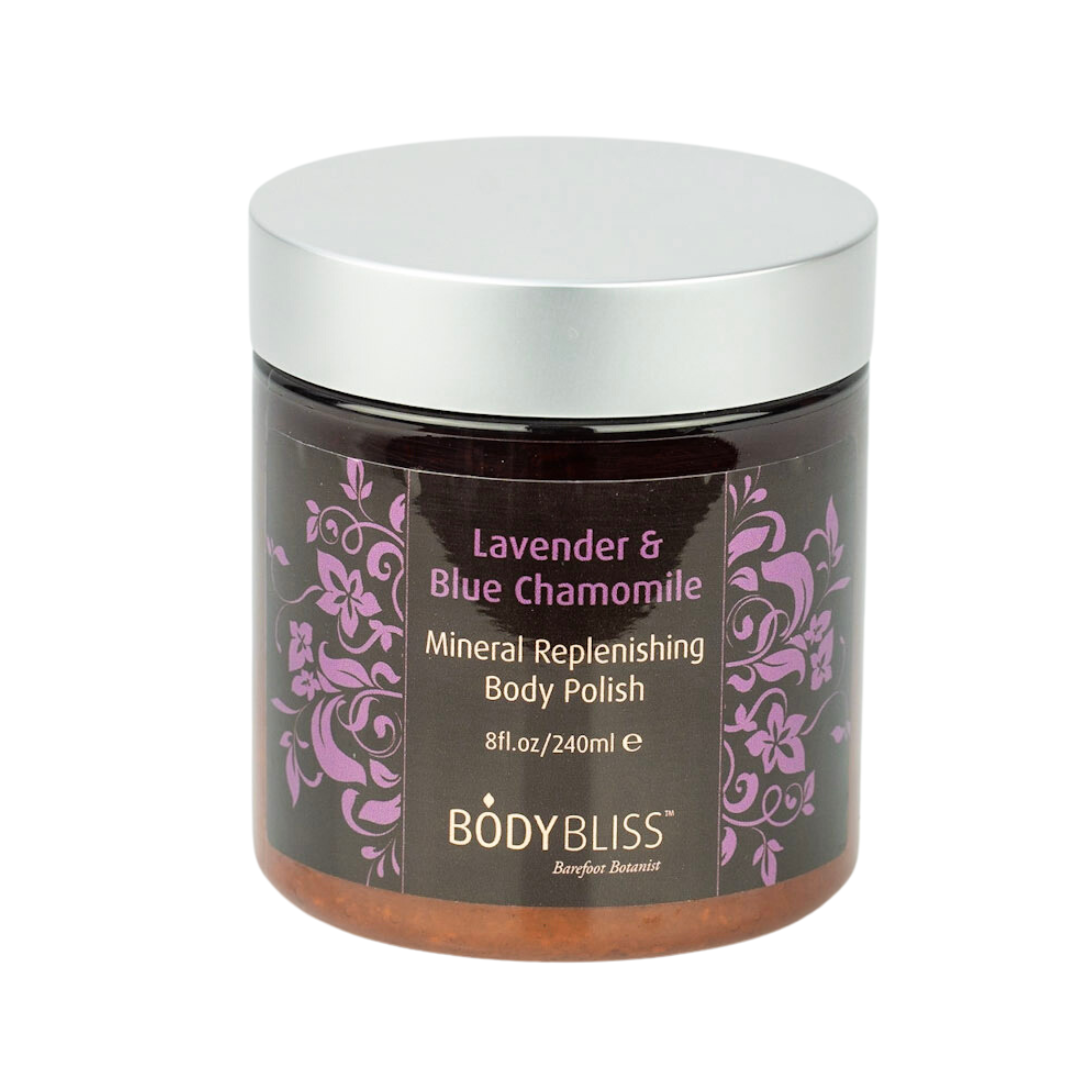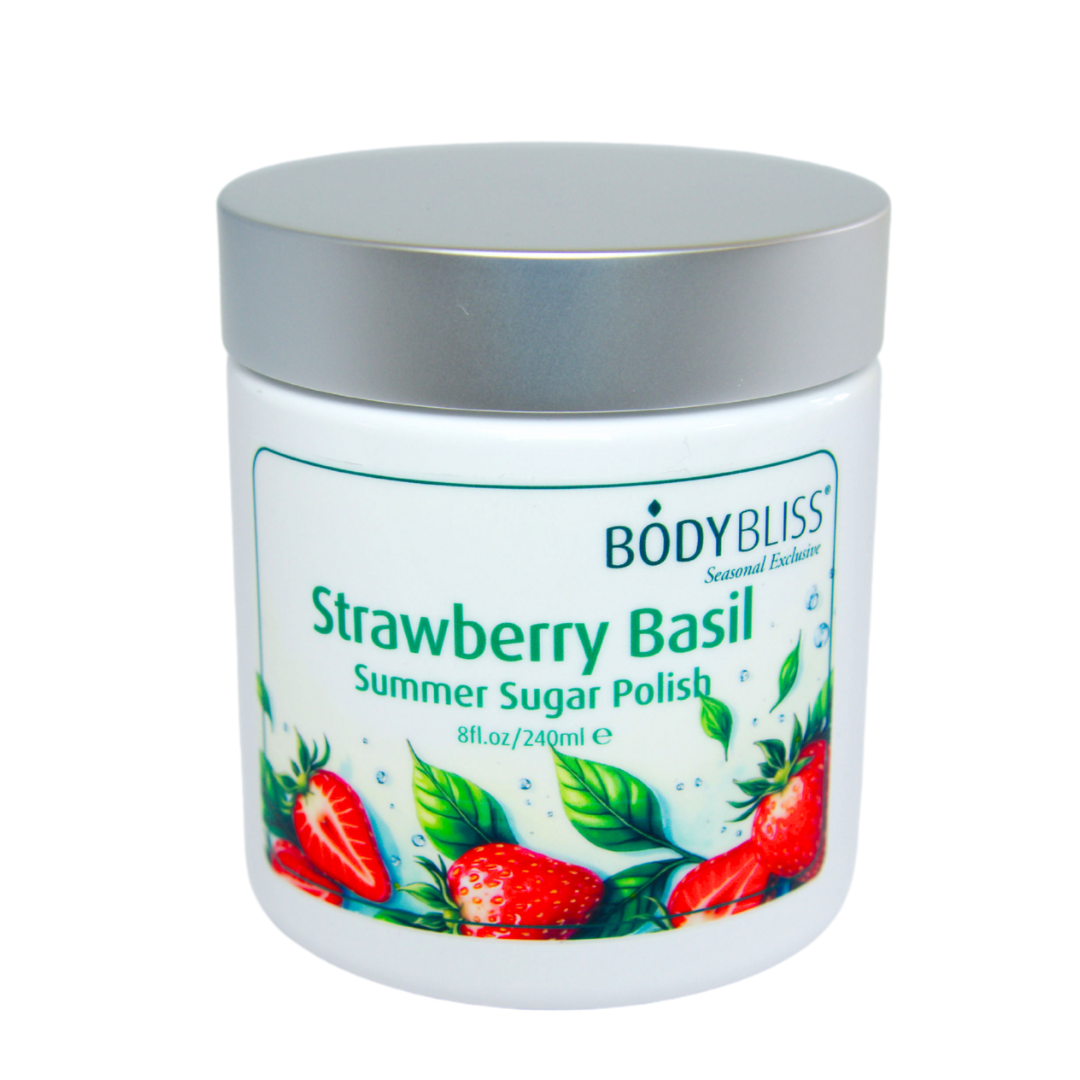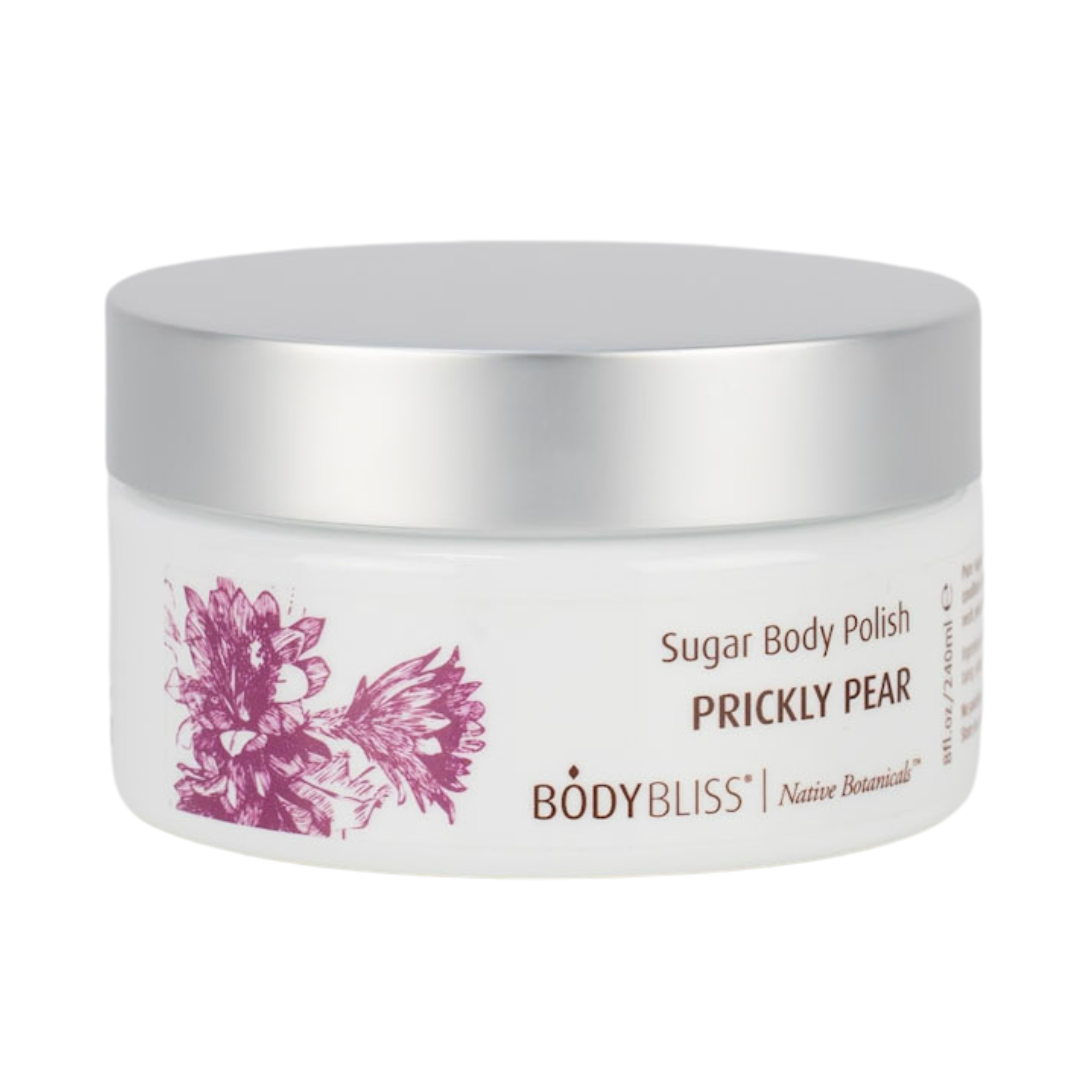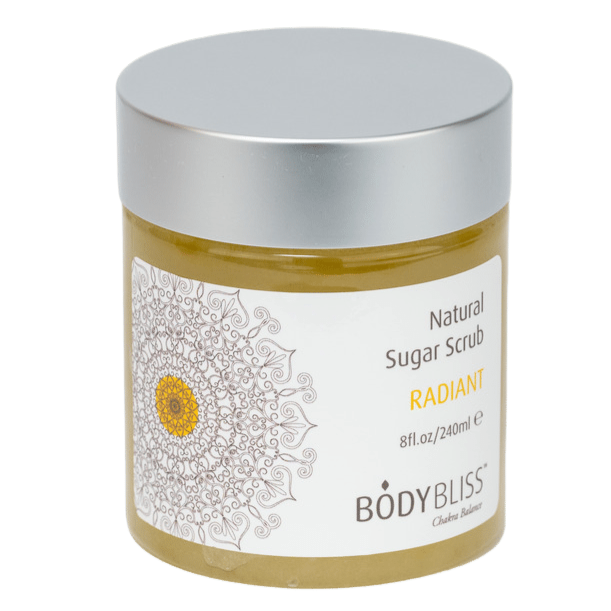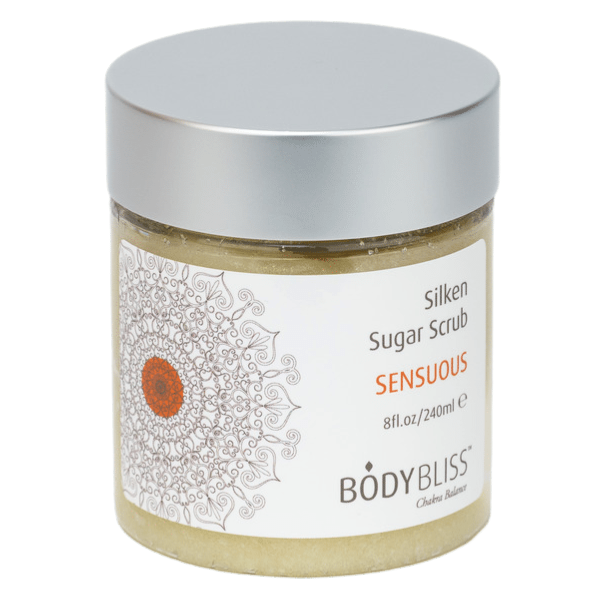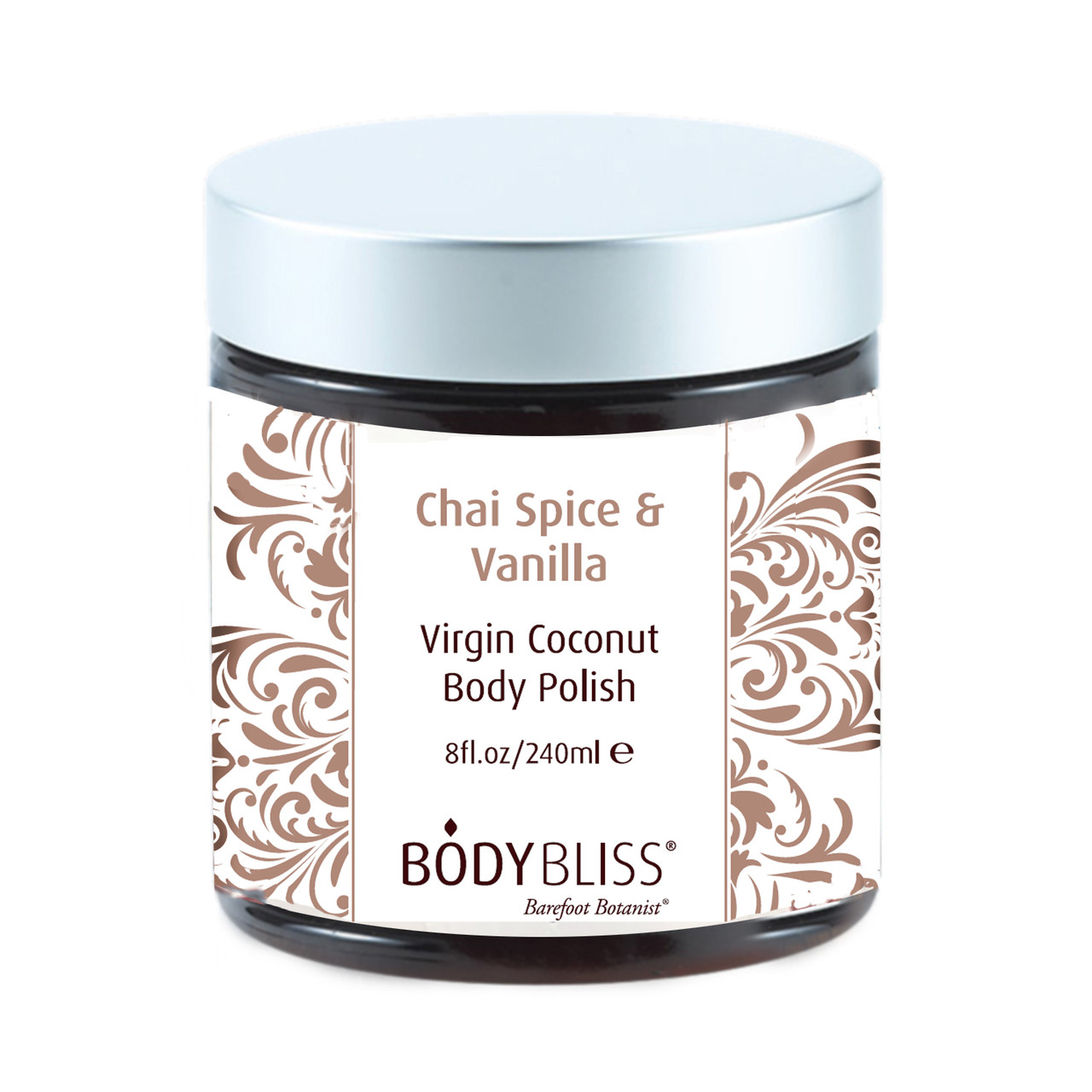Wisdom & Wellbeing: Sugar vs. Salt
- Unknown
Summer is finally here! With sunny days and more outdoor time, summer skin is in clear view and there's no hiding that dry, flaky skin from winter. Not to worry, we have solutions!
While oils and moisturizers can help, they’re not enough on their own. We need to slough off the old to reveal the glow beneath. That’s where scrubs and polishes come in to save the day. But the question is: should you reach for a salt scrub or a sugar polish? One’s sweet enough to eat, the other’s a little salty (in the best way), but both are good for exfoliation and refreshing skin. What’s the real difference and which one does your skin need most? Here is a breakdown:
SUGAR FOR SKINCARE
Best for: Sensitive or dry skin
- Gentler exfoliation: Sugar granules are smaller and dissolve more easily, making them ideal for sensitive areas like the face and lips. Gently buffs away dead skin cells, leaving skin soft and smooth.
- Hydrating: Sugar is a natural humectant meaning that it draws moisture into the skin helping to keep it hydrated.
- Contains glycolic acid: This Alpha Hydroxy Acid helps break down dead skin cells and supports cell turnover, encouraging the growth of fresh skin.
- Less irritating: Less likely to cause microtears compared to harsher scrubs.
TYPES OF SUGARS FOR POLISHES
1. White Sugar (Granulated Sugar)
- Texture: Fine to medium grain
- Affordable and easy to find
- Gentle exfoliation
- Contains glycolic acid (promotes cell turnover)
- Use: Face and body scrubs, lip exfoliants
2. Brown Sugar
- Texture: Soft, fine, slightly sticky
- Best for: Sensitive or dry skin
- Milder than white sugar
- Naturally moist, so it won’t dry out the skin
- Still contains glycolic acid, though in smaller amounts
- Use: Gentle face scrubs, lip scrubs, sensitive areas
- Note: Ideal for first-time exfoliators or delicate skin
3. Raw Sugar (Turbinado or Demerara)
- Texture: Large, coarse crystals
- Best for: Body scrubs and rough areas (feet, elbows, knees)
- Use: Deep exfoliating body treatments
- Note: Too rough for face or sensitive skin

HISTORY & USES OF SALT
Did You Know? The phrase "to earn one's salt" comes from salt being essential and valuable.
Throughout history Salt has been crucial to many cultures and civilizations for a variety of reasons. It was at times so valuable it was referred to as "white gold," even being traded ounce-for-ounce with gold.
- Salt's scarcity and high value led to its use as currency, influencing trade routes, and even sparking conflict. Salt taxes and control over salt trade routes compelled wars and uprisings.
- In Ancient Rome, soldiers were partly paid in salt. This is where the word “salary” comes from (salarium).
- Salt has been used for centuries to preserve food and for cleansing, crucial in ancient times, as it allowed for long-term storage and transportation of food. Throughout human history, in many regions, salt was used for cleaning, as soap was not readily available at the time.
- Sodium is essential for nerve impulses, muscle contraction, and fluid balance in the body.
- Many cultures use salt in spiritual practices to cleanse spaces or ward off negative energy. In the Bible, Jesus tells his followers they are "the salt of the earth," signifying their powerful role in preserving and enriching the world.
- Salt baths are thought to "reset" the energetic body.
SALT FOR SKINCARE
Best for: Oily or acne-prone skin, rough areas like elbows, knees and feet.
- Mineral-rich: Especially sea salt or Himalayan salt, which contain magnesium, potassium, and calcium.
- Removes dead skin cells: Salt's coarse texture makes it an effective exfoliant.
- Cleanses pores: Especially useful for oily or congested skin types.
TYPES OF SALTS FOR SCRUBS

1. Sea Salt
- Source: Evaporated sea water
- Rich in: Magnesium, calcium, potassium, sodium
- Benefits: Cleanses, exfoliates
- Best for: Body scrubs, bath soaks, scalp scrubs
- Note: Can be coarse—better for body use than face
2. Himalayan Pink Salt
- Source: Mined from the Himalayan mountains
- Rich in: Over 80 trace minerals, including iron (gives it the pink color)
- Benefits: Balances skin pH, promotes relaxation, soothes muscles
- Best for: Bath soaks, body scrubs
3. Dead Sea Salt
- Source: Dead Sea (Israel/Jordan area)
- Rich in: Magnesium, calcium, potassium, bromide, which attract and hold water, helping to deeply hydrate the skin
- It helps strengthen the skin's natural barrier, protecting it from moisture loss
- Benefits: Deep cleansing, helps with certain mild skin conditions
- Best for: Bath soaks, body scrubs, masks
CONCLUSION: Which Is Better?
- For the face: Sugar (less abrasive and more hydrating)
- For the body: Salt (stronger exfoliation, detox benefits)
- For dry skin: Sugar (draws moisture into the skin)
- For oily or acne-prone skin: Salt (cleanses pores)

PRECAUTIONS: Do not use a scrub or polish on inflamed skin or open wounds. Salt can sting on irritated skin or cuts and scrapes. Information is for external use only.
